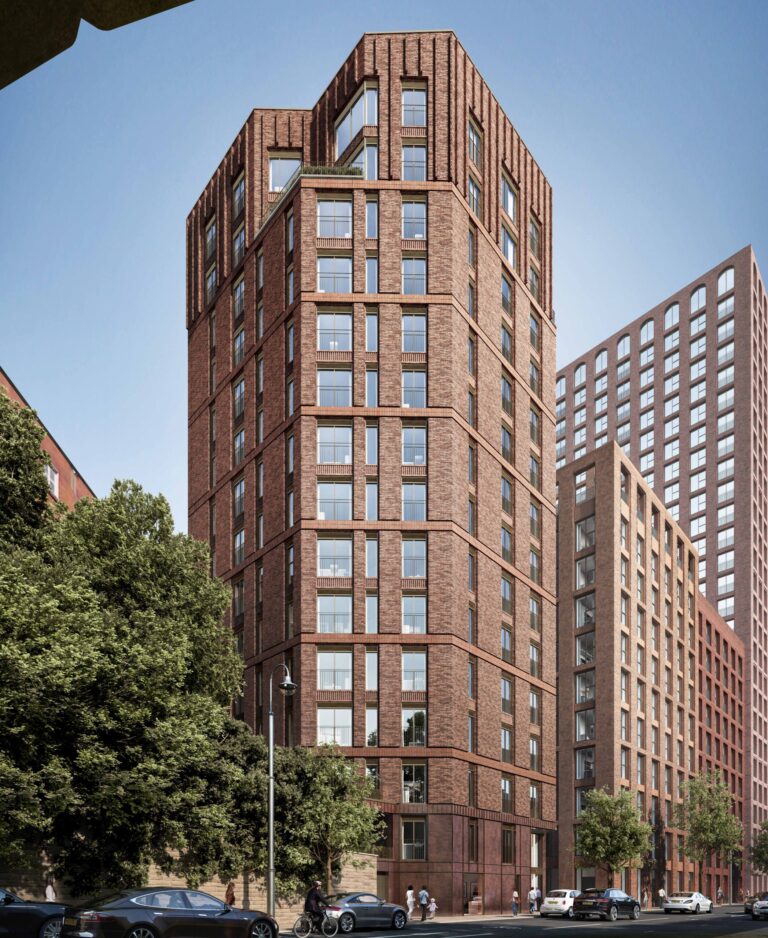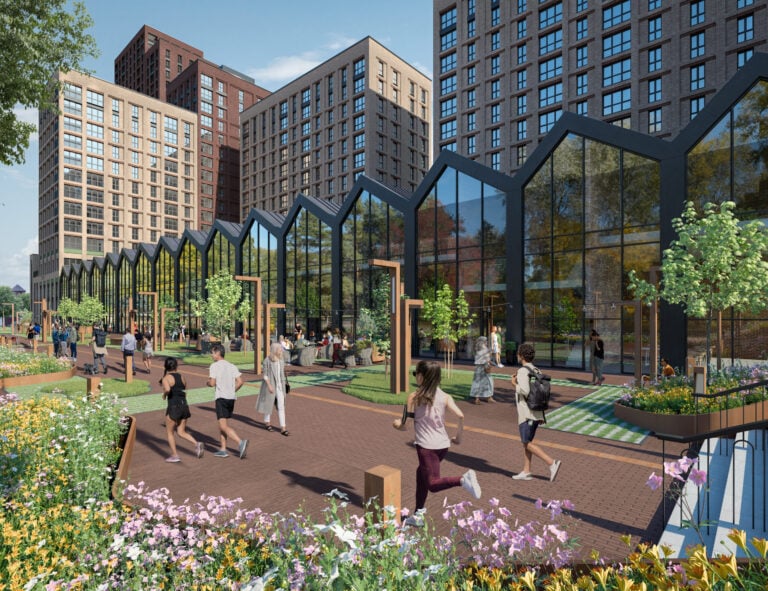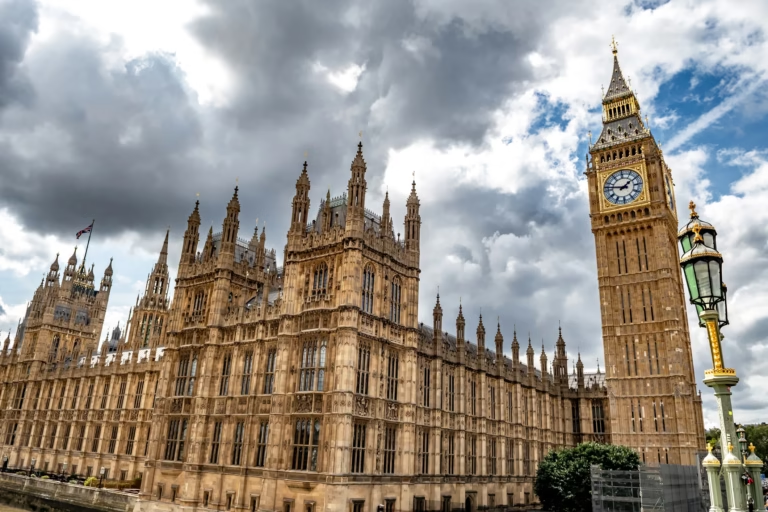A strong few months for the UK construction sector has been bolstered by the residential space after huge growth in the number of new home starts.
Housebuilding is leading the way in UK construction recovery, with the sector recording a 49% increase in work starting on-site in the second quarter of the year compared with Q1. This also represents a 25% increase on Q2 2024’s figures, in the latest index released by Glenigan.
The figures show a positive turnaround after much more sluggish UK construction activity in the previous few quarterly results, but the rise is largely driven by a steep increase in housing starts in the residential sector.
Glenigan found that residential construction had surged by 76% between Q1 and Q2 of this year, marking a huge 64% annual increase. This compares with a much slower 21% rise in activity for non-residential builds.
Glenigan’s economic director, Allan Wilen, said: “We’re seeing confidence returning at a much faster pace than anyone ever expected. It’s almost hard to believe when you look at how sluggish activity was in Q.4 2024 and Q.1 2025. However, these results, largely bolstered by a flurry of starts in the residential sector, bear out the predictions our economics unit made in its recent industry forecast.
“Whilst recovery is a little slower in the non-residential sector, predominantly civils, the various strategies being introduced by the government and the recent Spending Review promise to deliver on a large scale. No doubt, as capital spending is released and critical projects are greenlit, we’ll see further revival across these verticals.”
Regional variations
Spades in the ground at numerous large-scale residential schemes drove some of the renewed growth for the sector, with some of the UK’s regions recording particularly heightened activity in the three months to June.
The strongest quarterly performance in the UK construction sector in the second quarter of this year came from the West Midlands, which recorded a huge 78% increase in activity compared with Q1. Construction starts were also up 83% on Q2 2024.
This was closely followed by the North East, where activity surged 75% quarter-on-quarter, with a 26% annual rise. The North West was another strong performer, with a 72% spike in new construction starts in Q2 compared with the first three months, and a 23% annual rise.
Next the South East was a driving force for UK construction growth with a 53% quarterly increase, while the South West recorded a strong 31% rise.
In London, while quarterly growth was strong at 34%, overall activity remained 10% down compared with last year.
Positive predictions for UK construction
This positive momentum in the UK construction sector, spearheaded by residential, is forecast to continue, according to Glenigan’s 2025 Summer Forecast, which was released in June.
It predicts a resurgence in private housebuilding in particular, with an 18% increase in activity predicted in 2027. Extra infrastructure spending promised in the government’s recent Spending Review could also bolster the sector along with the wider economy.
Sectors including industrial and commercial are also predicted to see improvements, although at a steadier pace than residential.
Commenting on the Forecast, Glenigan’s economic director, Allan Wilen, said: “It’s been a frustrating few years for the construction sector, just as there seems to be light at the end of the tunnel a new set of headwinds seems to buffer it, leading to prolonged stagnation.
“Yet recent events indicate we’re finally turning a corner. Consumer spending power and confidence are improving. This has supported an upturn in housing market activity and is expected to help drive private housebuilding over the next three years.
“The promise of some refreshingly strategic spending from the Government will certainly send a positive signal to contractors and subcontractors nationwide with spending earmarked for a number of big and small projects presenting plenty of opportunities.”










